1.5 eTSI Shadow Edition Hatchback 5dr Petrol Hybrid DSG Euro 6 (s/s) (150 ps)
Submitted by dev_editor on
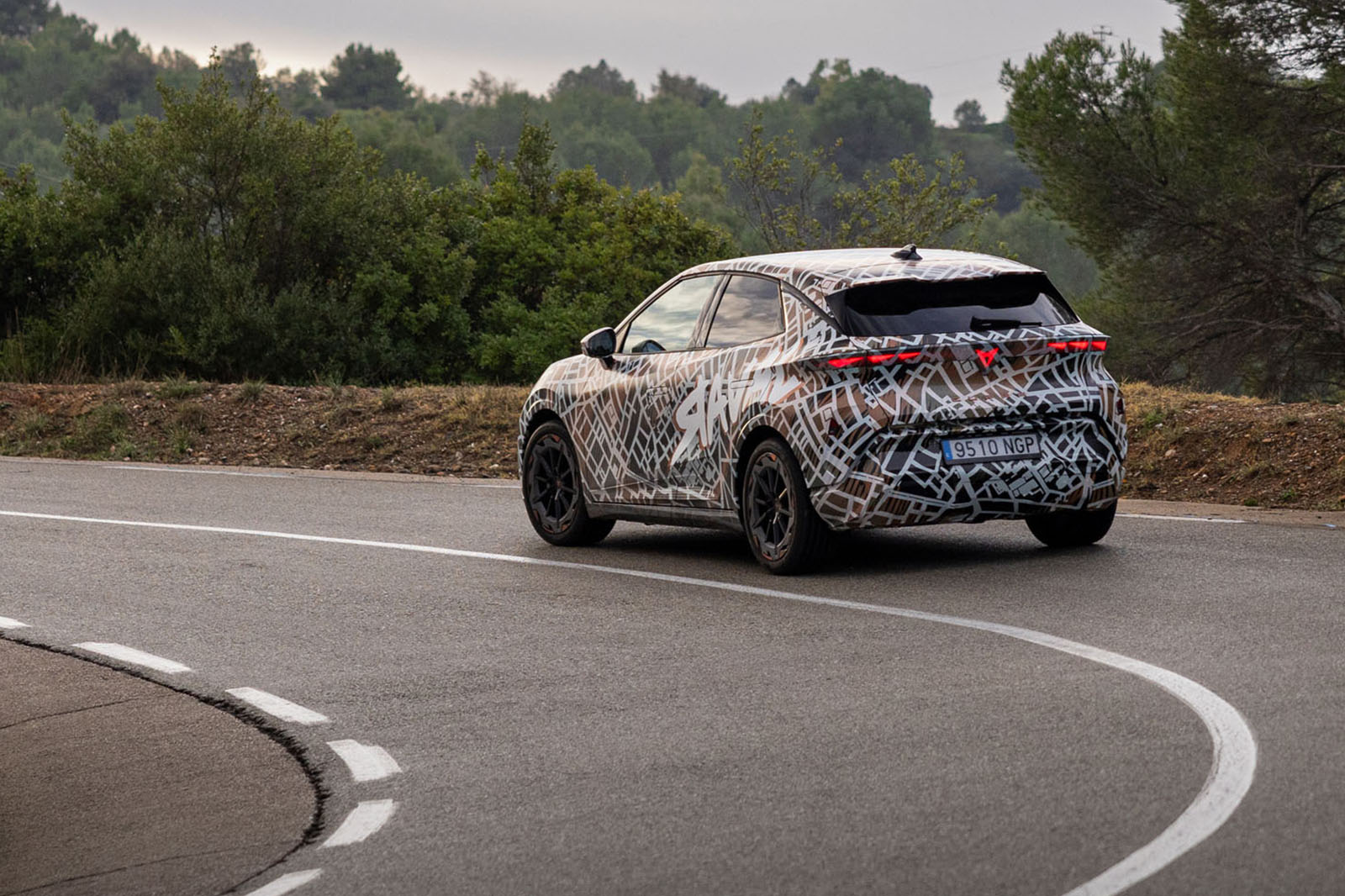

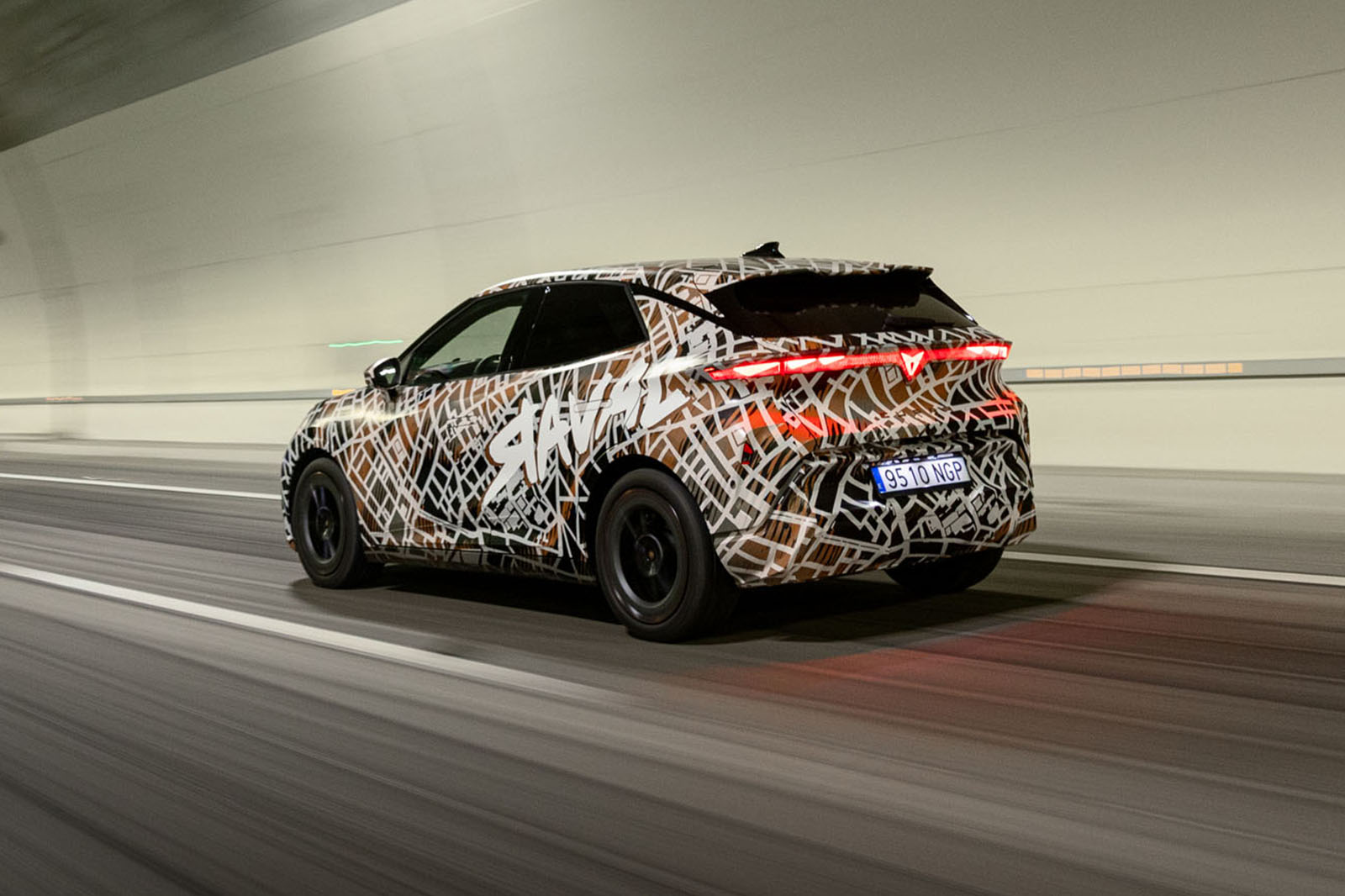
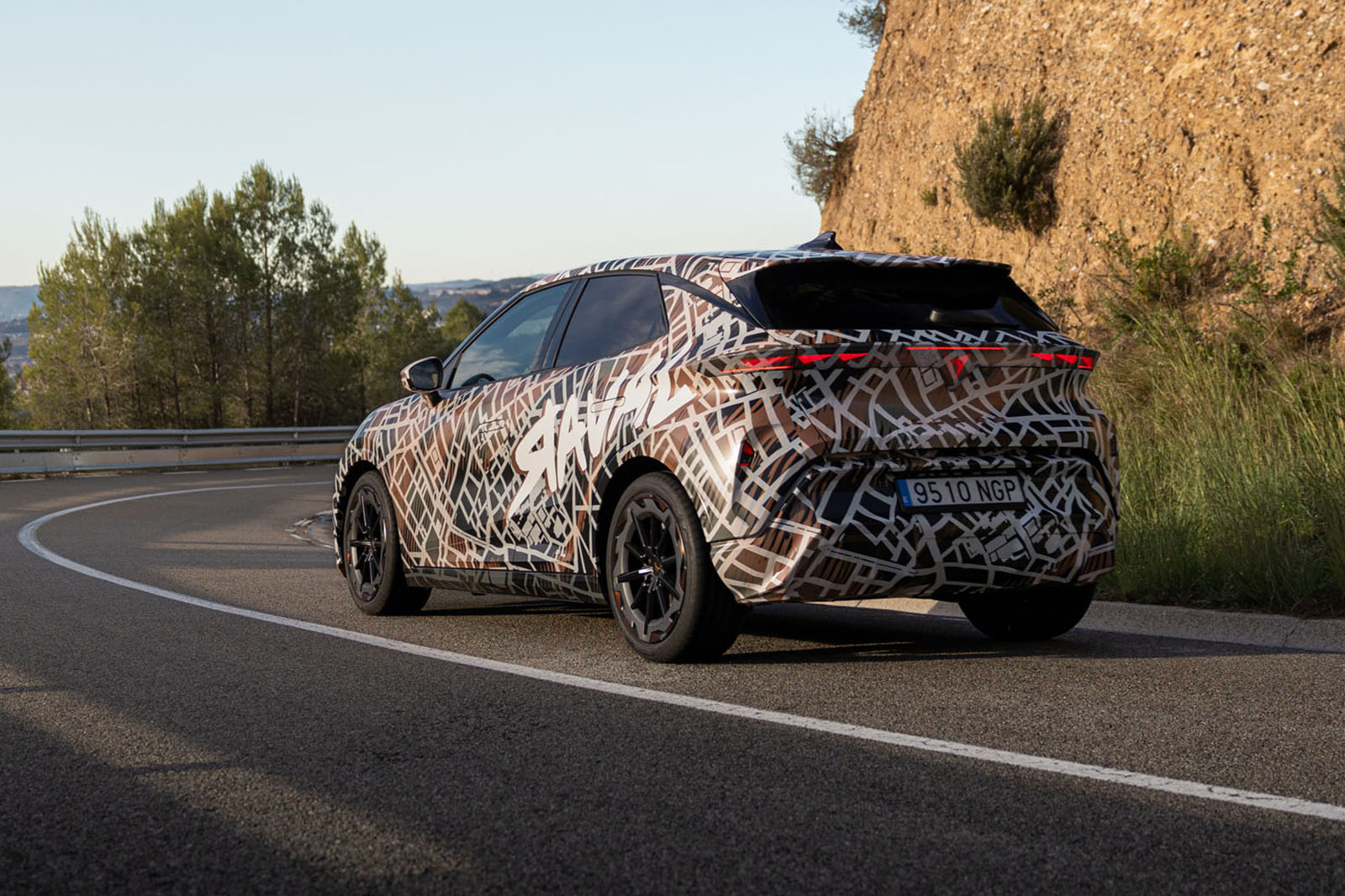
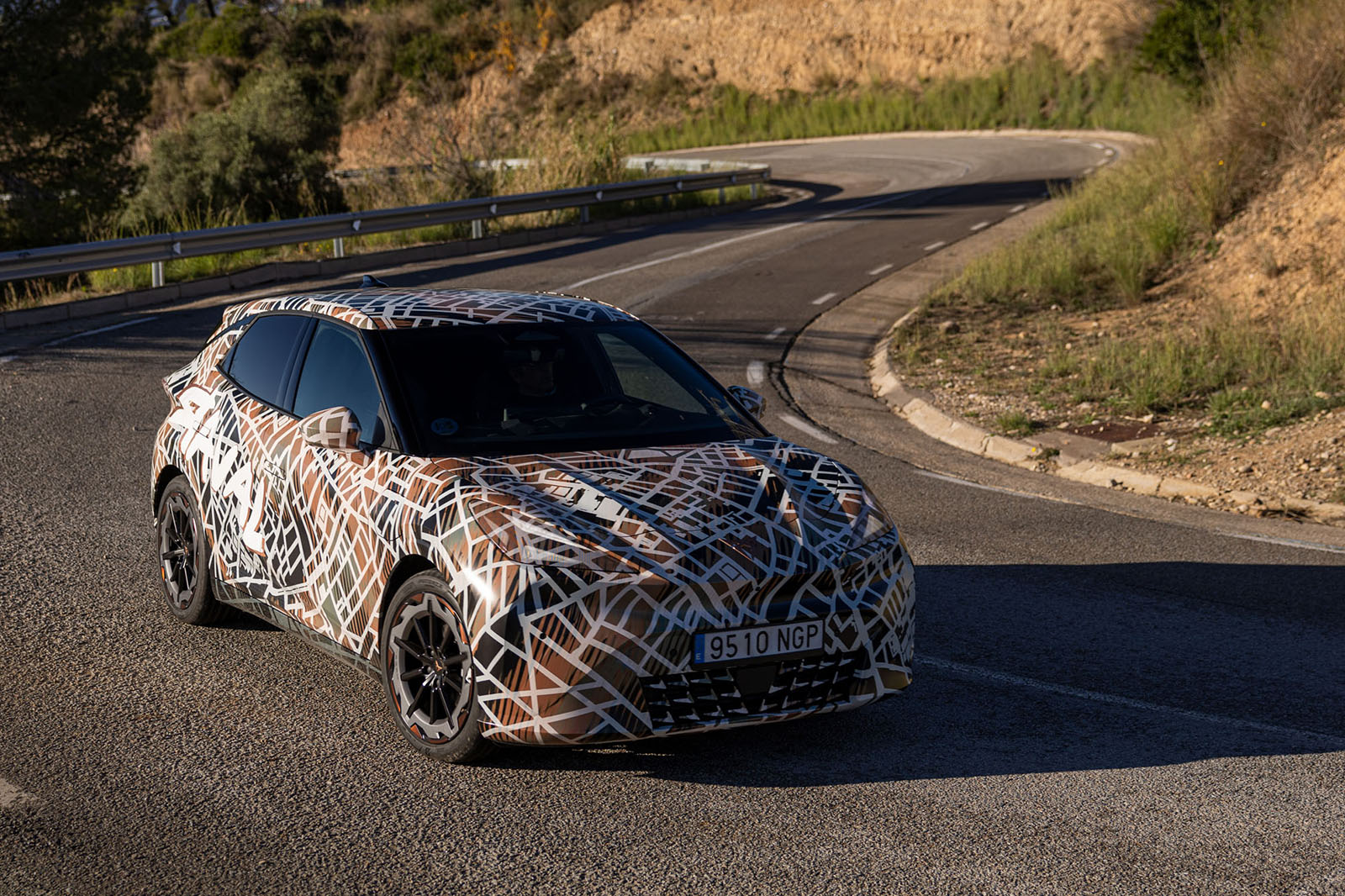





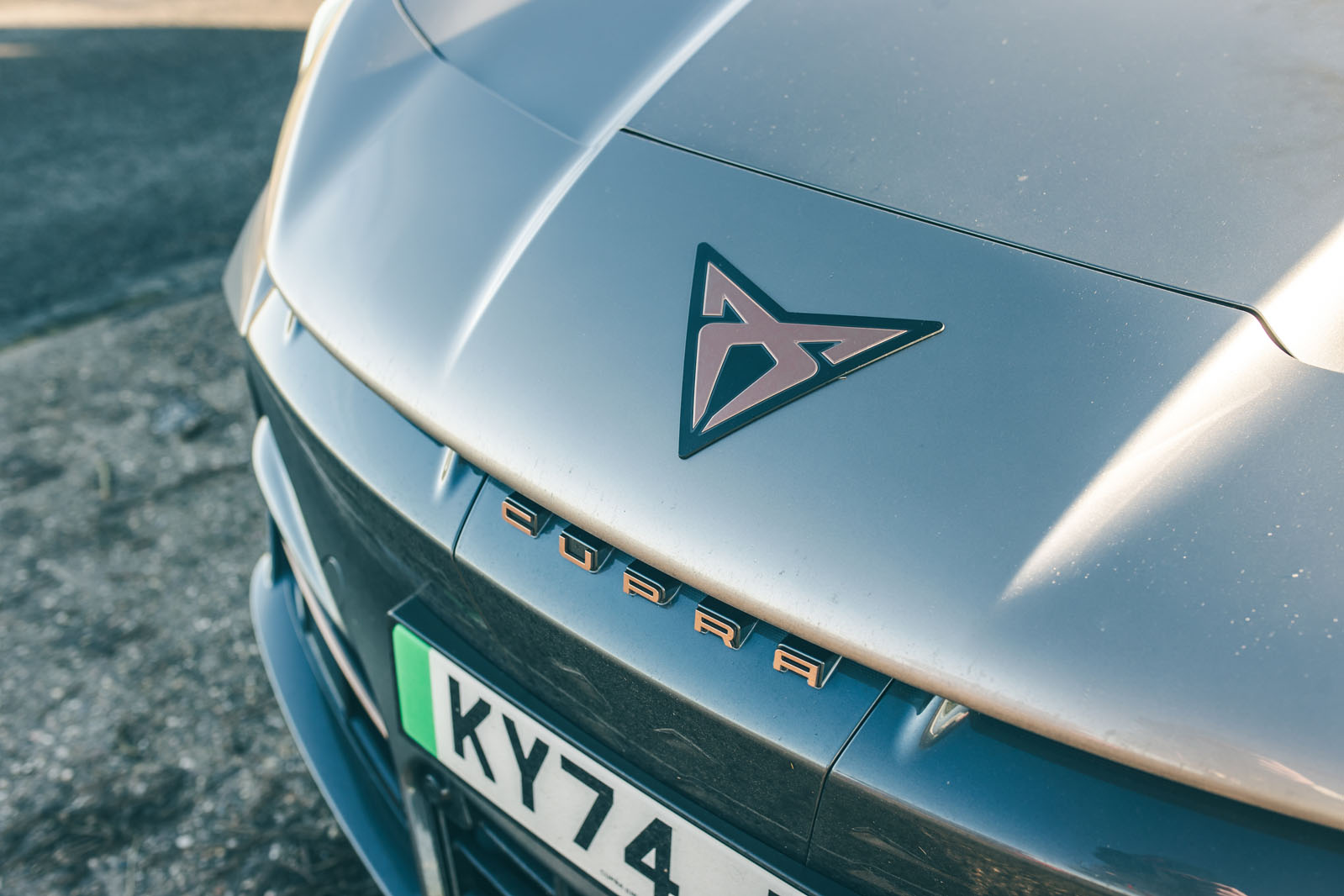
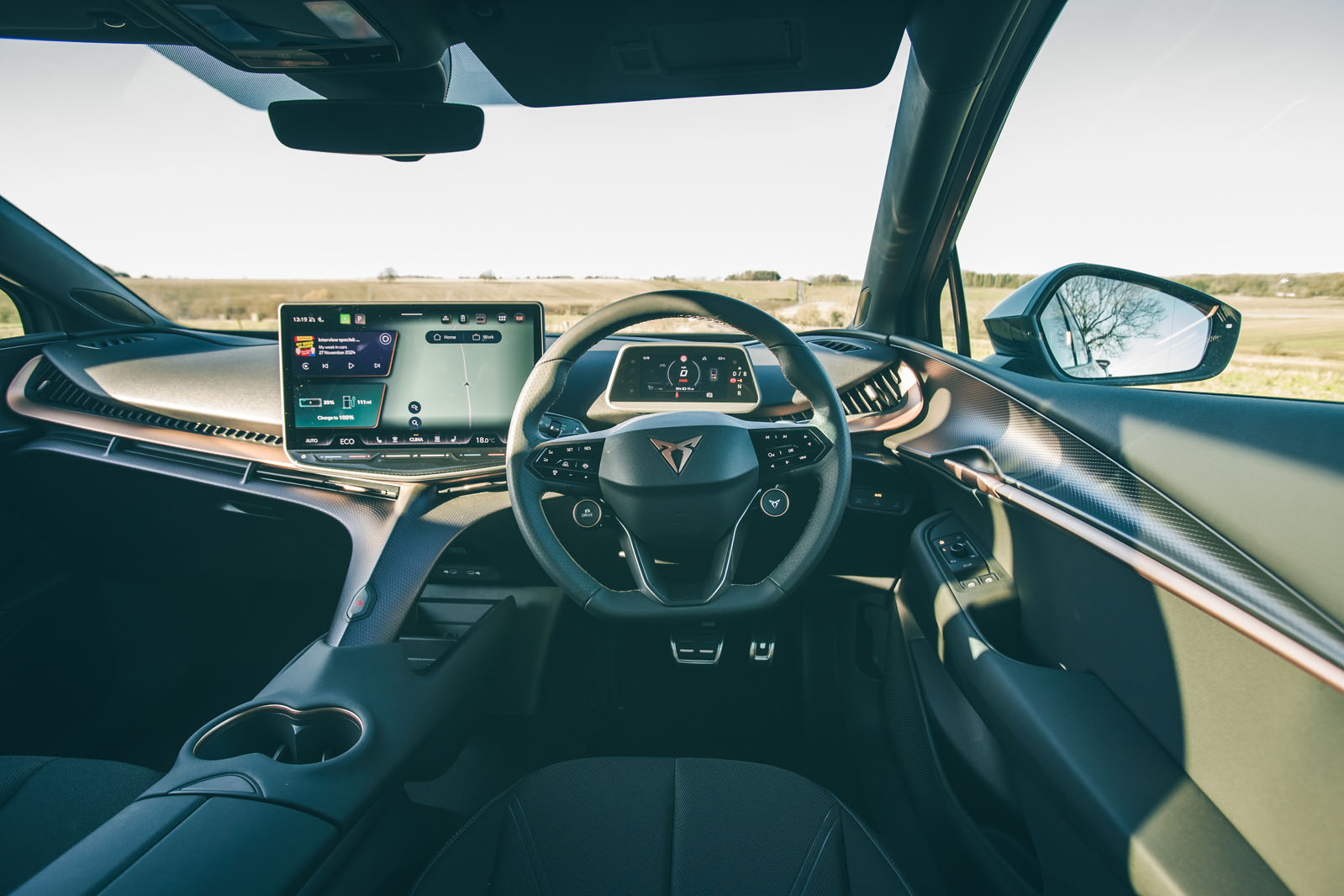

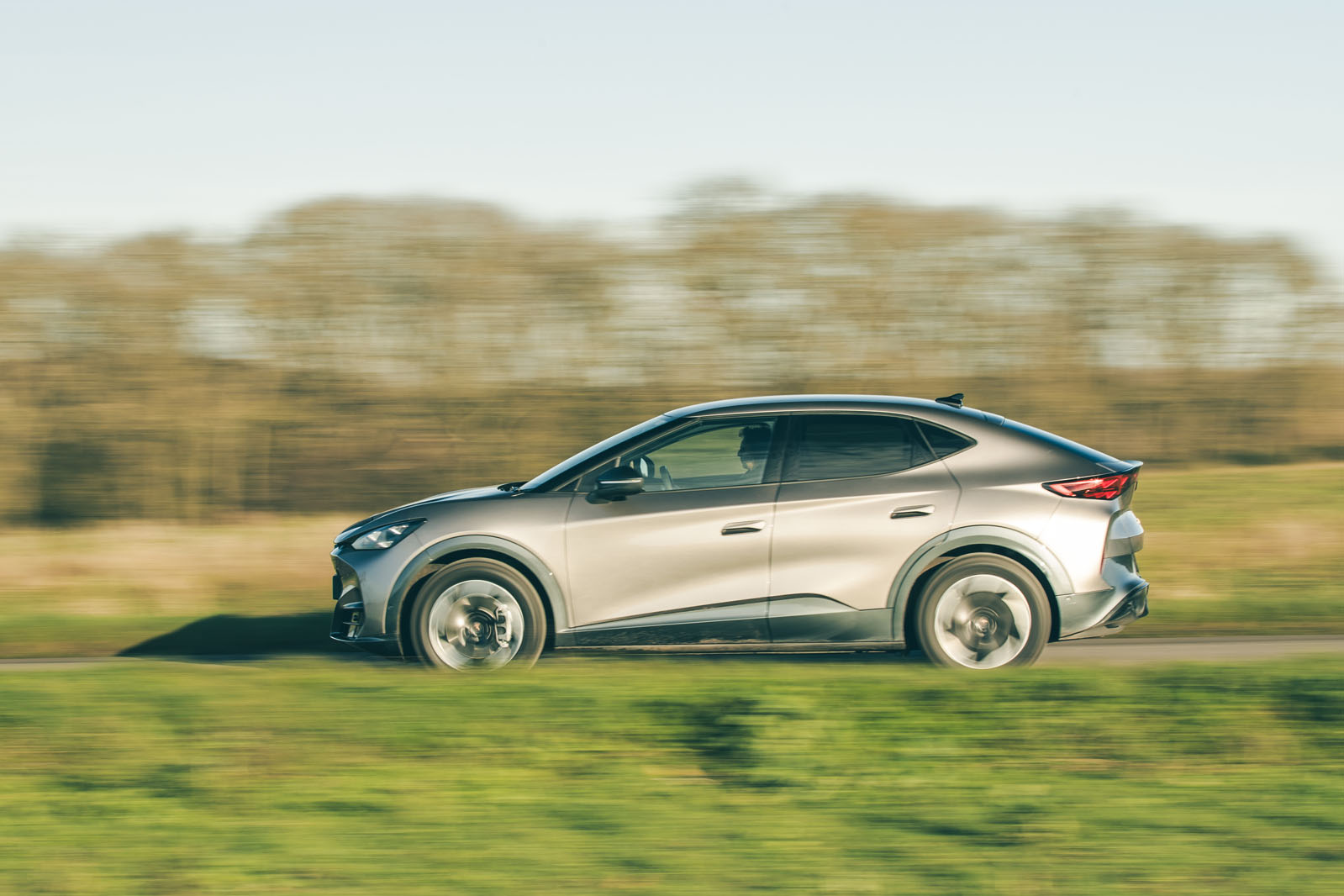
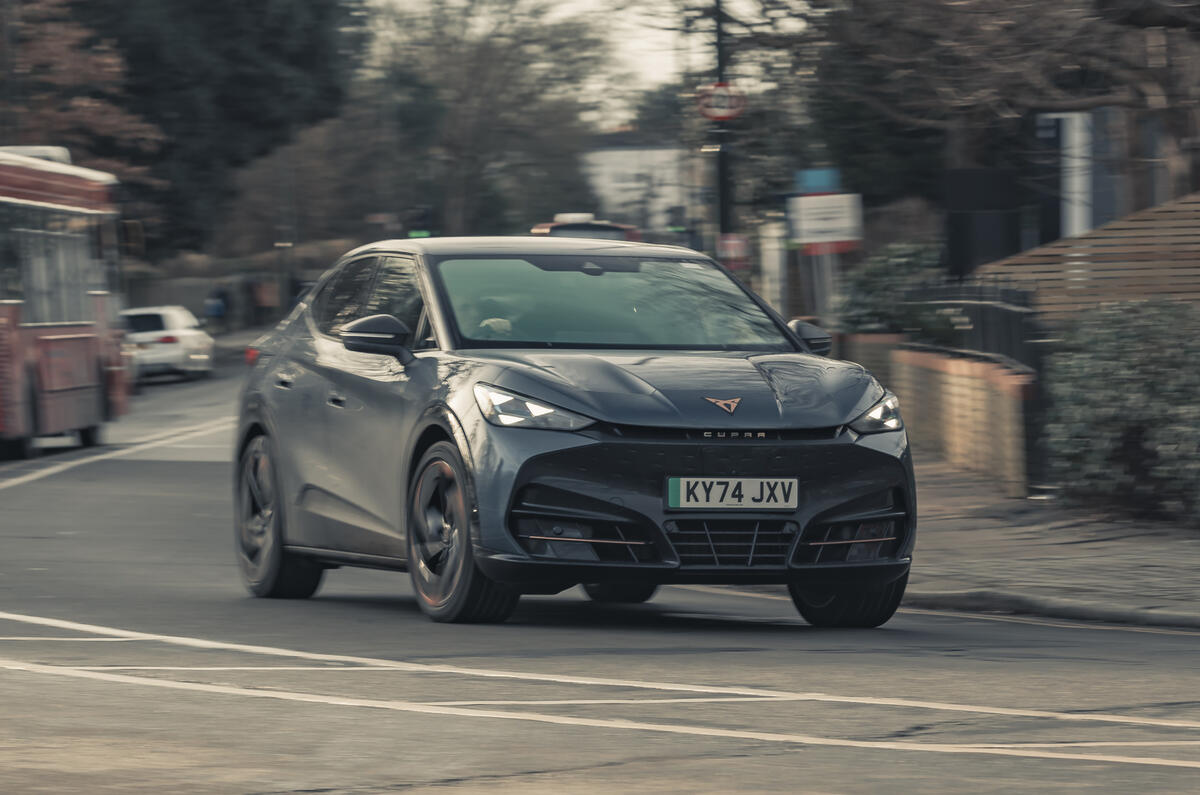
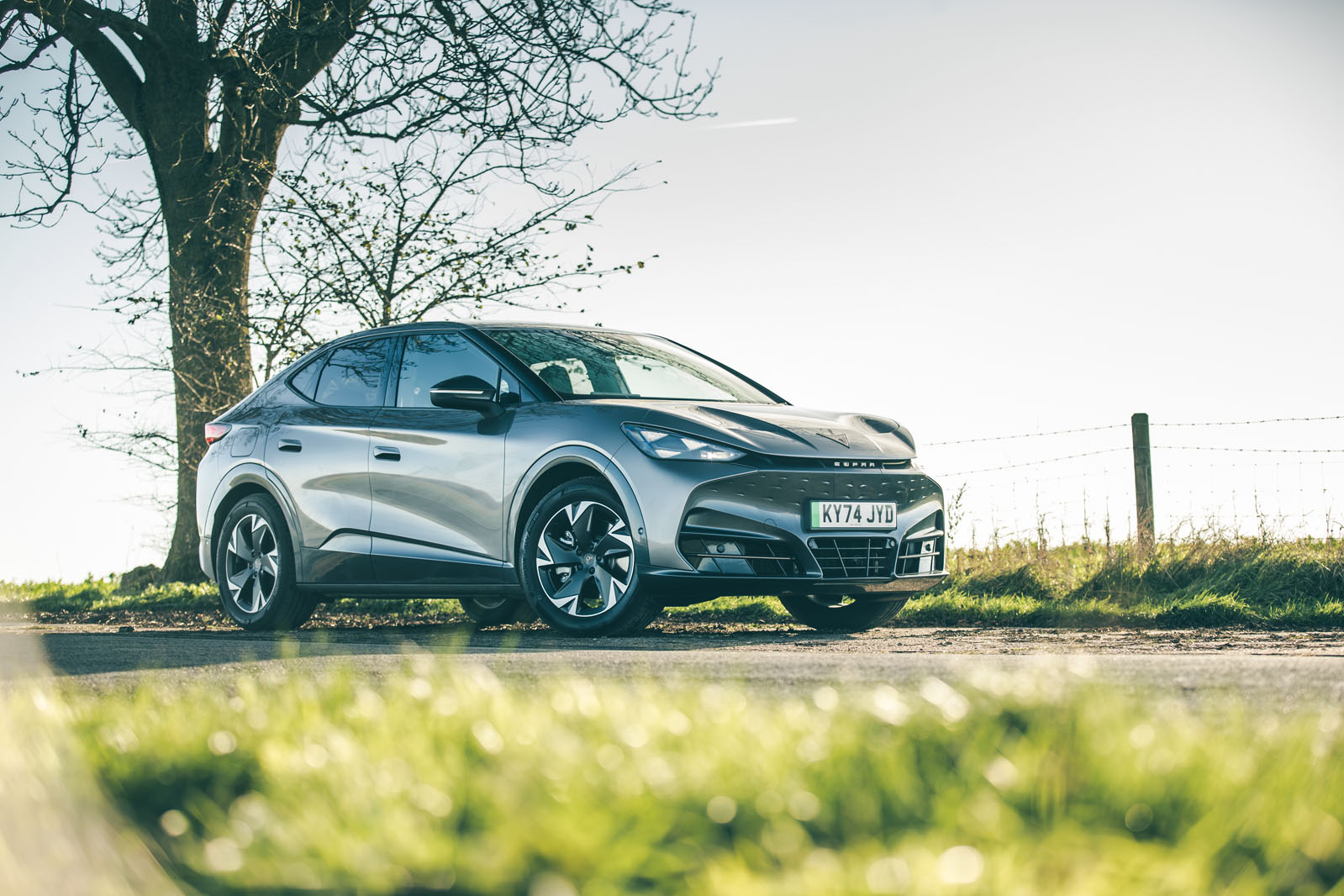
The Cupra Raval supermini, shown for the first time at the Munich motor show, will arrive next year with a range-topping 223bhp VZ performance version.
The new car will be the Barcelona brand's smallest model when it goes on sale, and shares the same MEB entry architecture as the forthcoming Volkswagen ID Polo, Volkswagen ID Cross and Skoda Epiq. All four models will be produced at Cupra plants in Spain.
Munich motor show 2025: all the key cars
The production Raval was shown in Munich sporting a camouflage wrap based around a street pattern of the Barcelona district its gets its name from, but it's evident that several key cues from the previous UrbanRebel concept car remain intact.
These include its large triangular headlights and sharp-edged rear end with a wraparound light bar, although the front grille has been simplified.
The electric hatchback will become Cupra’s smallest and most affordable model when it arrives next year, with prices expected to start around £25,000.
Full technical specifications have yet to be confirmed, but the machine will be 4046mm long with a wheelbase of 2600mm. Cupra has also confirmed that to meet the brand's performance brief the Raval's suspension will be 15mm lower than other VW Group models using the MEB Entry platform, while it will also feature bespoke steering.
The top-spec Raval VZ's power output matches that of the forthcoming ID Polo GTI. It will also receive sportier suspenion, an electronic limited-slip differential, 19in wheels shod with wider 235mm tyres and the ability to disable the stability control.
Cupra previously suggested that UrbanRebel concept would dispatch the 0-62mph sprint in 6.9sec, positioning it just behind the 217bhp Alpine A290 in performance terms.
Cupra added that the concept would have a range of 273 miles (in long-range guise), which would put it on a par with the ID Polo.
Submitted by dev_editor on
Submitted by dev_editor on
Submitted by dev_editor on
Submitted by dev_editor on
Submitted by dev_editor on
Submitted by dev_editor on